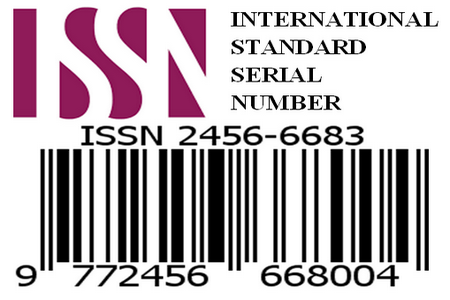AI-Driven Data Warehousing in Real-Time Business Intelligence: A Framework for Automated ETL, Predictive Analytics, and Cloud Integration
Author(s): 1. Akash Vijayrao Chaudhari, 2. Pallavi Ashokrao Charate
Authors Affiliations:
- Senior Associate, Santander Bank, Florham Park, NJ, USA
- Senior Systems Analyst, Worldpay, Cincinnati, OH, USA
Traditional data warehousing and business intelligence (BI) solutions face challenges in handling real-time data processing, manual ETL processes, and predictive analytics. With the rise of AI, there is an increasing need to optimize data warehousing processes for real-time decision-making. This research proposes an AI-driven framework that automates ETL, integrates real-time predictive analytics, and leverages cloud-based architectures to improve business intelligence efficiency. The methodology includes developing machine learning models for automated data ingestion, real-time trend analysis, and scalability using serverless computing. Our experiments on real-world datasets demonstrate significant improvements in ETL speed, prediction accuracy, and cloud cost optimization. The findings contribute to the advancement of AI-powered data warehousing and have strong implications for both academia and industry.
1. Akash Vijayrao Chaudhari, 2. Pallavi Ashokrao Charate(2025); AI-Driven Data Warehousing in Real-Time Business Intelligence: A Framework for Automated ETL, Predictive Analytics, and Cloud Integration, International Journal of Research Culture Society, ISSN(O): 2456-6683, Volume – 9, Issue – 3., Pp.185-189. Available on – https://ijrcs.org/
Academic Journals:
- Chaudhari, A. V., & Charate, P. A. (2024). Data Warehousing for IoT Analytics. International Research Journal of Engineering and Technology (IRJET), 11(6), 311–320.
- Agrawal, R., Imieliński, T., & Swami, A. (1993). Mining association rules between sets of items in large databases. ACM SIGMOD Record, 22(2), 207-216.
- Chen, P. P. (1976). The entity-relationship model—toward a unified view of data. ACM Transactions on Database Systems (TODS), 1(1), 9-36.
- Dean, J., & Ghemawat, S. (2008). MapReduce: simplified data processing on large clusters. Communications of the ACM, 51(1), 107-113.
- Gray, J., Bosworth, A., Layman, A., & Pirahesh, H. (1996). Data cube: A relational aggregation operator generalizing group-by, cross-tab, and sub-totals. Data Mining and Knowledge Discovery, 1(1), 29-53.
- Han, J., Pei, J., & Yin, Y. (2000). Mining frequent patterns without candidate generation. ACM SIGMOD Record, 29(2), 1-12.
- Hellerstein, J. M., & Stonebraker, M. (1993). Predicate migration: Optimizing queries with expensive predicates. ACM SIGMOD Record, 22(2), 267-276.
- Hellerstein, J. M. (2008). Quantitative data cleaning for large databases. ACM SIGMOD Record, 37(3), 26-33.
- Jagadish, H. V., & Olken, F. (1994). Optimal histograms for limiting worst-case error propagation. VLDB Journal, 3(1), 24-30.
- Kimball, R., & Ross, M. (2013). The Data Warehouse Toolkit: The Definitive Guide to Dimensional Modeling. John Wiley & Sons.
- Stonebraker, M., & Çetintemel, U. (2005). One size fits all: An idea whose time has come and gone. ICDE Proceedings, 2-11.
Industry Reports:
- Gartner. (2022). Market Guide for Data Warehousing Solutions.
- Forrester. (2021). The Future of Data Warehousing and Analytics in the Cloud.
- McKinsey & Company. (2022). Harnessing AI and Data Science for Business Growth.
- IDC. (2023). The Role of Artificial Intelligence in Cloud Data Warehousing.
- Deloitte. (2023). Emerging Trends in AI-Powered Business Intelligence.




